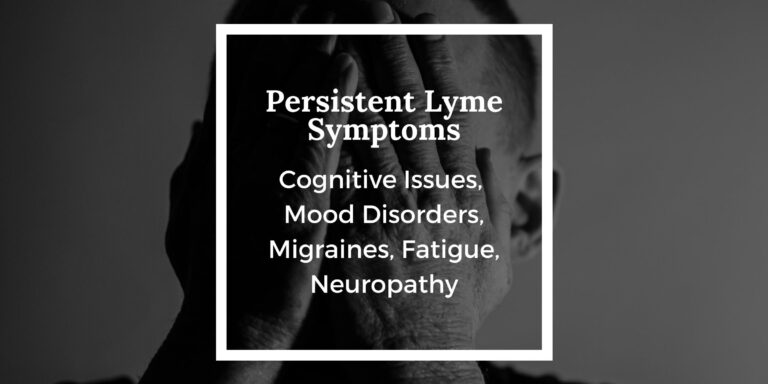Neuropsychiatric Lyme symptoms: A new masterclass
Invisible International has just released an important medical education course on neuropsychiatric symptoms associated with Lyme…

Invisible International has just released an important medical education course on neuropsychiatric symptoms associated with Lyme…

Lyme disease affects children more than any other age group, but the young ones are often…

This week Invisible International shines a light on recent progress in the Lyme disease world with…

Monica Embers, PhD, director of the vector-borne disease research center at Tulane University School of Medicine,…

A retrospective study of 270 post-treatment Lyme patients identified the most debilitating neurological symptoms, paving the way for…

Two tick-borne disease experts, a physician and a researcher, discuss the many ways Lyme bacteria evade the immune…
End of content
End of content